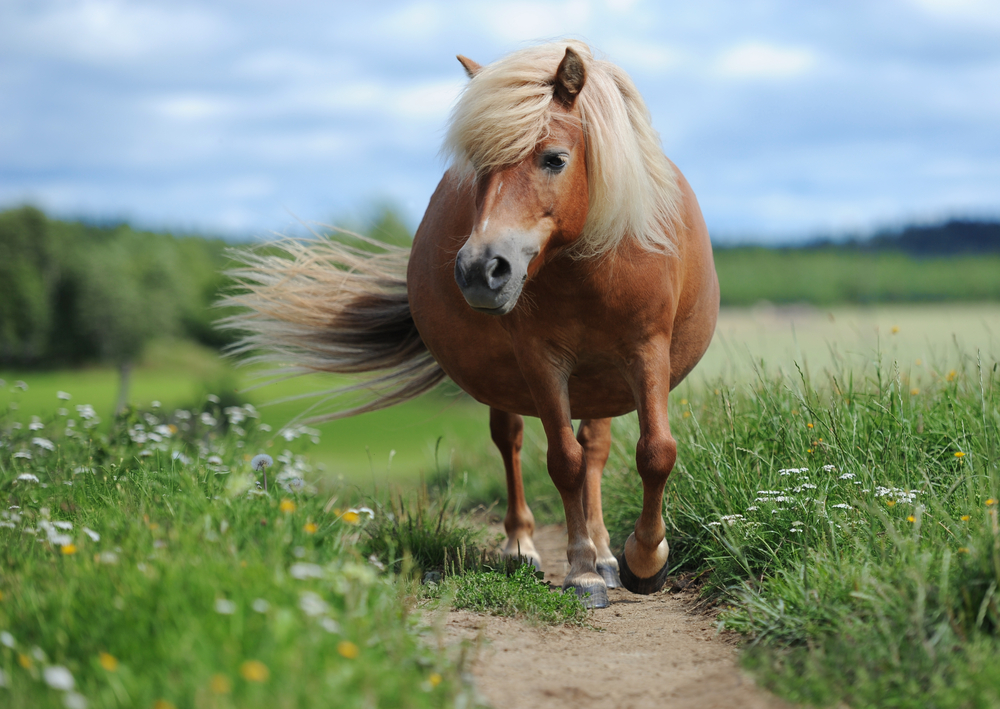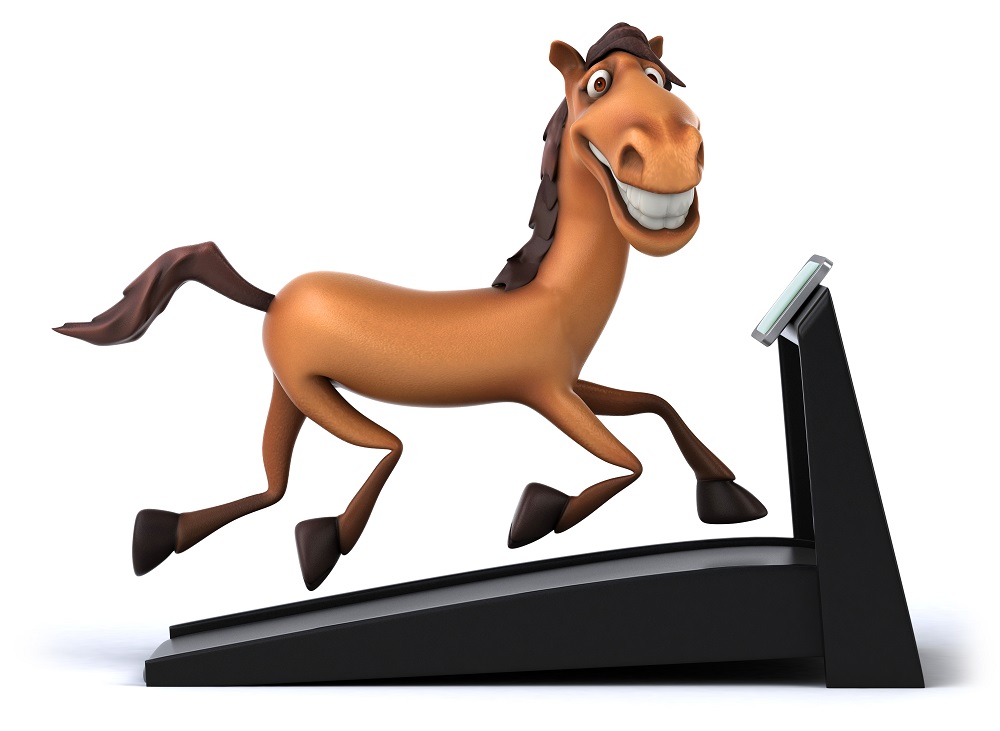Tuesdays with Tony
This seems like an appropriate week-after-Thanksgiving topic. I know I indulged in way too much turkey over the long weekend. I also know my Docs see lots and lots and lots of horses who have hit the hay bale a little too hard for too long with not enough time spent working out. Whether you’re a cat, a human, or a horse, excess weight puts you at risk for all kinds of badness. Just ask this diabetic cat. Luckily, in the realm of poor design decisions that is the modern day horse, the pancreas wasn’t one of those bad choices. This means horses, unlike cats, don’t get diabetes. Don’t worry, they still get bad things from excess weight. Read on to learn more!

A Brief Overview
I have plenty of blogs regarding fat horses and donkeys and what happens, so I’m going to do the quick version here. I know you will then go search out the depths of my shared knowledge to learn even more. Overweight horses get what’s known as insulin resistance rather than diabetes. In normal diabetes, the pancreas stops making insulin. For horses, the cells stick their metaphorical fingers in their metaphorical ears and say, “Nope insulin, I can’t hear you no matter how loud you yell.” This causes the cells to be unable to take in glucose which means bad things happen. This also causes high glucose in the blood which makes the pancreas kick out even more insulin. No one ever said it all made sense, just that it’s what happens.
While bad things are happening to the cells from no glucose, other cells are saying, “Oh boy! We’ve got all this insulin around. We need to do stuff!” It’s that doing of stuff that causes most of the side effects of insulin resistance. Again, go to the search bar above to find all the in-depth blogs I have put my heart and soul into to get quality information to you humans.
Calories In
Moving on to correcting the problem. It’s a pretty simple equation: calories in<calories out. Simple does not always mean easy!
My Docs always start with a diet evaluation. Just like in you humans, high sugar is bad. Making sure your horse’s diet is based on good quality roughage with just enough concentrate added is often enough to cause weight loss. This is not permission to throw Flicka an all-you-can-eat buffet of alfalfa hay! Looking at options for roughage like Teff and Coastal hays, then mixing in some alfalfa or peanut to keep that persnickety GI tract happy are likely better options.
Going even further on keeping the aforementioned persnickety GI tract happy, slow feed hay bags (and even putting your slow feed hay bag in another slow feed hay bag) can help Flicka eat hay all day long while not actually getting that much to eat. The key is using that large brain you humans have to out-think your horse. The best way to make sure your precious pony is getting the correct amount of roughage is to weigh it out so they are only eating 10% of their body weight daily. Okay, roughage managed.
Moving on to concentrates. Less is more! For the average easy keeper, all that’s needed is a ration balancer. These are protein, vitamin, and mineral concentrates that minimize the calories while getting your horse all the nutrition they need. For most horses who, let’s be honest, are either lawn ornaments, or only get slightly more work than this cat, this is all they need. Good quality forage set up in a way that they will take a while to eat it, and a small amount (usually 1 pound per day for most brands) of a ration balancer.
Calories Out
I’m going to be honest with you humans. After all, it’s what I do. You are really, really, really bad at this part. “Calories out” means exercise. Yes, exercise. I find it to be awful as well! I’m going to start with the number one excuse I hear: time. Well you’re in luck! Fifteen minutes of walking and light jogging three times per week. Three.Times.Per.Week. You can do that! And that’s all it takes to minimize the effects of those extra pounds. I’m not at weight loss yet. This low level of exercise, though, will get glucose and insulin back at least speaking with each other. Start here!
Moving on to the tougher versions of calories out. The easy version of decreasing calories and increasing work does great on most of the equids my Docs see. However, if your horse is too lame due to laminitis, or is a pony or donkey, some special considerations need to be taken. For the lame horse, it’s a matter of reducing those calories as much as possible. This means weighing hay and concentrates so they only get what is absolutely required. It also means knowing what’s in your roughage by having a hay analysis done. An equine nutritionist can really help here to design the best diet.
My Docs will often add thyroid hormone supplementation to kick the metabolism into a higher gear as well. This can be used in the short term to help bump up weight loss on horses who can’t exercise. I want to be 100% clear that these horses don’t have a thyroid problem. My Docs are simply using a bit of a crutch to help get things going the way they need to go. As your horse gets more comfortable, work on ways to add in some walking. Any bit of exercise, under strict supervision from the Docs, will help!

Donkeys, ponies, and miniature horses love to break the rules of weight loss. This is because all three of these were designed to live under some really harsh conditions. Their metabolism can run all day long on minimal calories. That means we can kick them into hyperlipidemia if we try to drop the calories too fast. Hyperlipidemia means too much fat in the blood. It occurs because the liver recognizes a sudden drop in calories, and aggressively recruits fat stores. The recruitment and processing doesn’t always align quite right and that extra fat ends up running around in the blood until the liver can get to it. Except that extra fat running around causes all kinds of systems to go haywire.
These are sick, sick equids. I highly recommend avoiding this if at all possible. Avoiding it means increasing exercise slowly over 2-3 weeks so the system doesn’t experience a shock in calorie need. It also means slowly reducing calories in the diet over that same 2-3 week period so there isn’t a shock in calories provided. In the realm of things that are weird about horse-type critters, one of the diet adjustments will be increasing calories from fat. This doesn’t mean a willy-nilly adding of fat. It means look at the overall calories needed in the diet and work to replace some of those calories with fat, instead of carbs and proteins. This is not something you should do based on some time spent with Google. This is definitely something you should call my Docs for. They will likely bring in an equine nutritionist as well. These diets can be some of the trickiest to formulate, and regular monitoring will be important!
Being overweight can be difficult. I’ve been dealing with it my whole life! Having a plan and a support team is crucial. My Docs are here to help you with both sides of that equation. Give them a call to set up your horse’s Couch to 5k plan today!
Until next week,
~Tony
P.S. My docs did a podcast interview with Dr. Vineyard, the senior equine nutritionist at Purina. If you want to learn more about nutrition, that’s a great place to start. You can find it over on the Podcast Page of my website. And, as I mentioned earlier, I have a bunch of other blogs on this stuff as well. Now you just have to decide if you want to read or listen. Decisions, decisions.
Tuesdays with Tony is the official blog of Tony the Clinic Cat at Springhill Equine Veterinary Clinic in Newberry, Florida. If you liked this blog, please subscribe below, and share it with your friends on social media! For more information, please call us at (352) 472-1620, visit our website at SpringhillEquine.com, or follow us on Facebook!
[jetpack_subscription_form title="Subscribe to Whinny's Wisdoms"]

